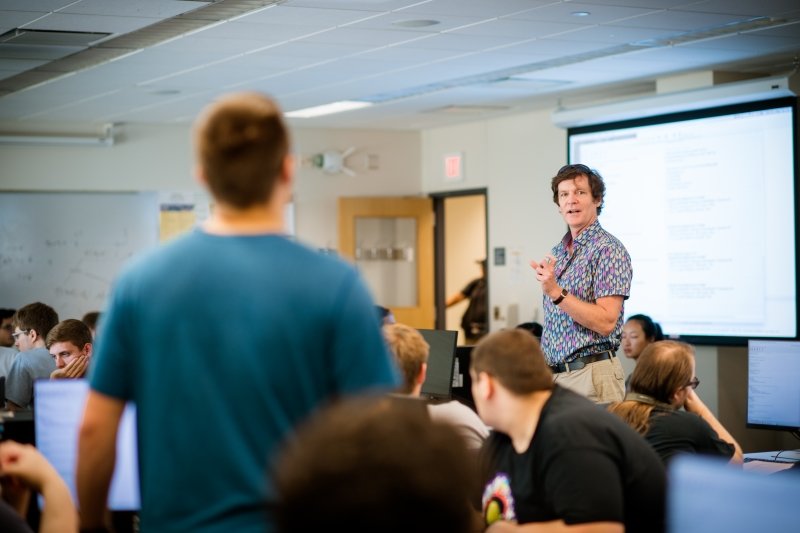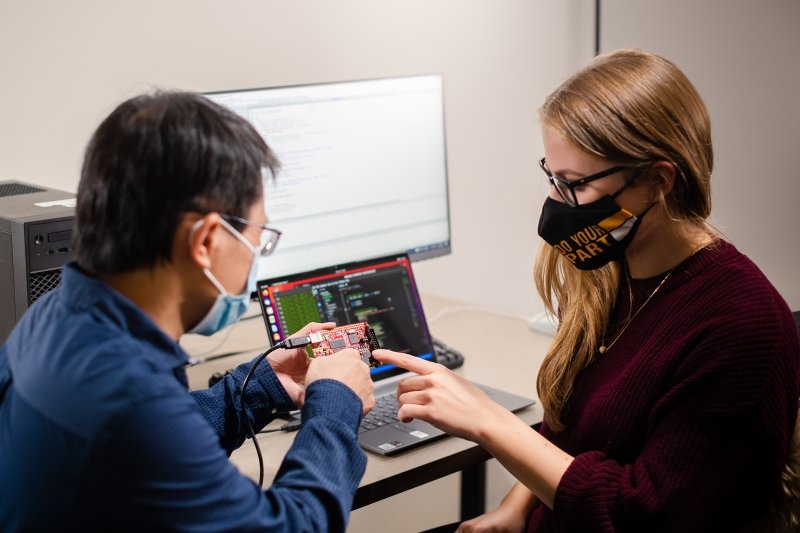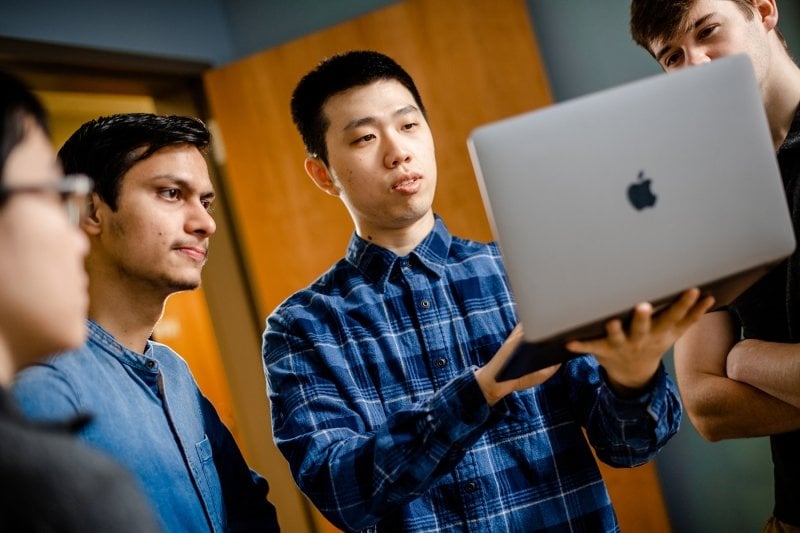The ICC promotes research and learning experiences across the computing spectrum. This collaboration allows for a convergence in communication, control, and computing that mirrors today's industry and society. Click the links below to explore the impact of our funded projects and publications.






